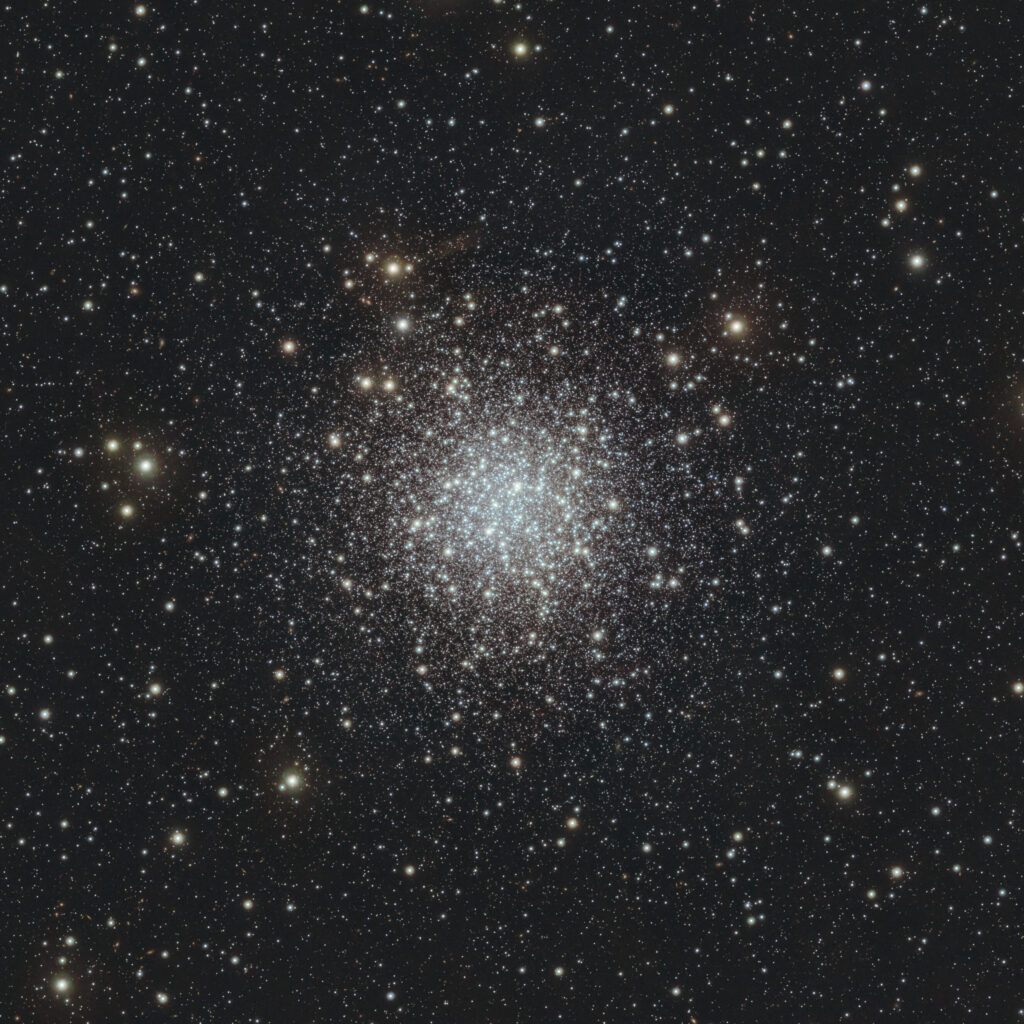When looking at the picture below, it may seem that we are looking at a scene from a snowy winter night. But this is not the case. In front of us is an infrared image of a globular cluster.

The picture was taken using the VISTA survey telescope located on the territory of the Paranal Observatory. The purpose of the observations was the globular cluster NGC 6723. It is located at a distance of 28 thousand light-years from Earth in the direction of the constellation Sagittarius.
Globular clusters are dense groups of spherical stars orbiting around the galactic center, like a moon. Their population can vary from tens of thousands to millions of luminaries. To date, astronomers have discovered more than 150 globular clusters in the Milky Way.
Such objects are of considerable scientific interest. The data of spectrometric observations show that most of the luminaries included in their composition contain a very small amount of heavy elements. This indicates that they originated shortly after the Big Bang. Therefore, globular clusters are considered one of the oldest objects in the Universe.
At the beginning of the 20th century, globular clusters played a key role in determining our location in the Milky Way. American astronomer Harlow Shapley measured the distances to several globular clusters and found that they were roughly spherical. At the same time, our Sun is not in the center of this sphere. Based on this, Shepley correctly concluded that the heart of the Milky Way was located in the center of the distribution of globular clusters, and the Solar System was on the galactic outskirts.
Earlier we talked about how the Hubble telescope was looking for a black hole in a globular cluster.
Follow us on Twitter to get the most interesting space news in time
https://twitter.com/ust_magazine
